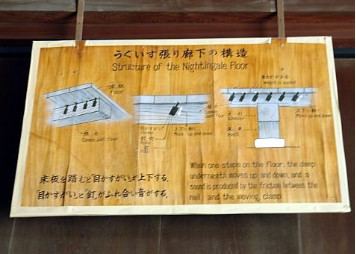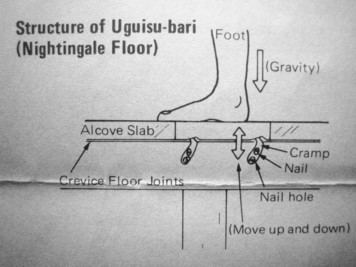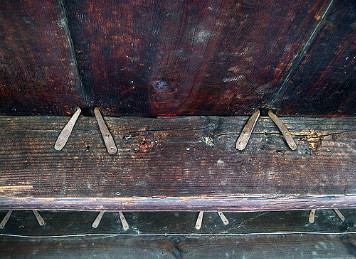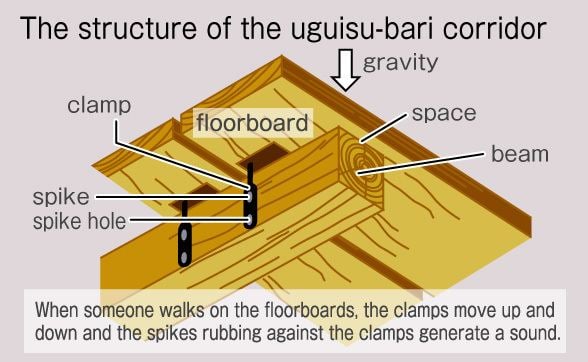 | ||
Nightingale floor japan
Nightingale floors, or uguisubari (鴬張り) listen , were floors designed to make a chirping sound when walked upon. These floors were used in the hallways of some temples and palaces, the most famous example being Nijo Castle, in Kyoto, Japan. Dry boards naturally creak under pressure, but these floors were designed so that the flooring nails rubbed against a jacket or clamp, causing chirping noises. The squeaking floors were used as a security device, assuring that none could sneak through the corridors undetected.
Contents
- Nightingale floor japan
- Nightingale floor
- Construction
- Etymology
- Examples
- Modern influences and related topics
- References
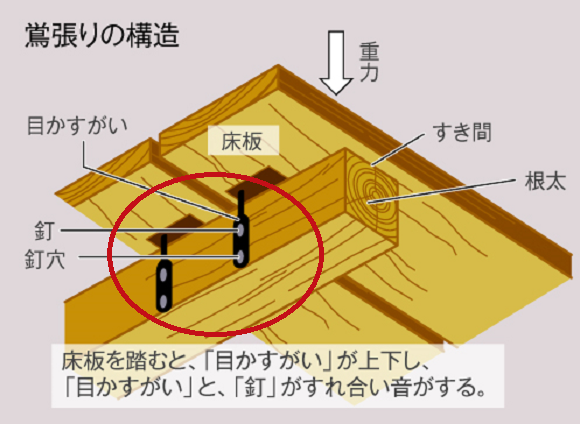
The "nightingale" in the English name refers to the Japanese bush warbler, or uguisu. This is a type of bushtit or nightingale native to Japan.
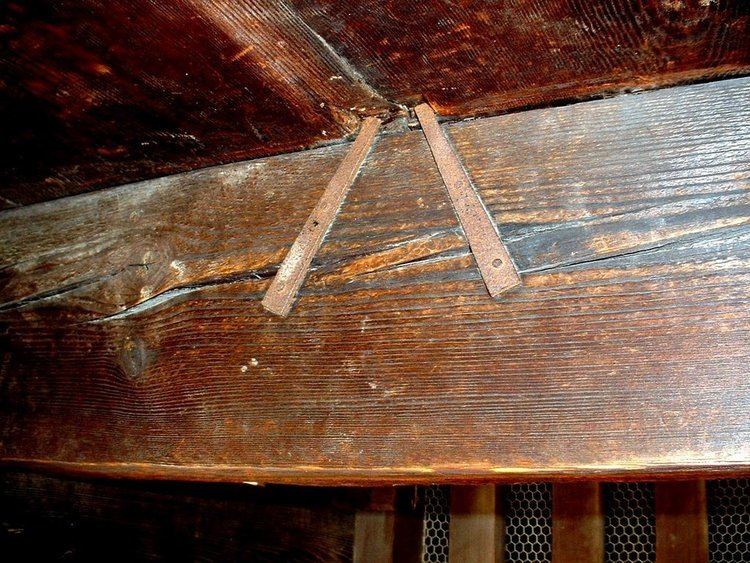
Nightingale floor
Construction
Made from dried boards. Upside-down V-shaped joints move within the boards when pressure is applied.
Etymology
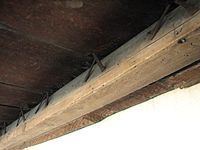
The first character (鴬) is read as uguisu and refers to the Japanese bush-warbler. 張り is read as bari, which comes from 張る haru meaning to stretch. Together this means "the sound of a Nightingale from the stretching/swelling/straining [of the floor]".
Examples
The following locations incorporate nightingale floors:
Modern influences and related topics
